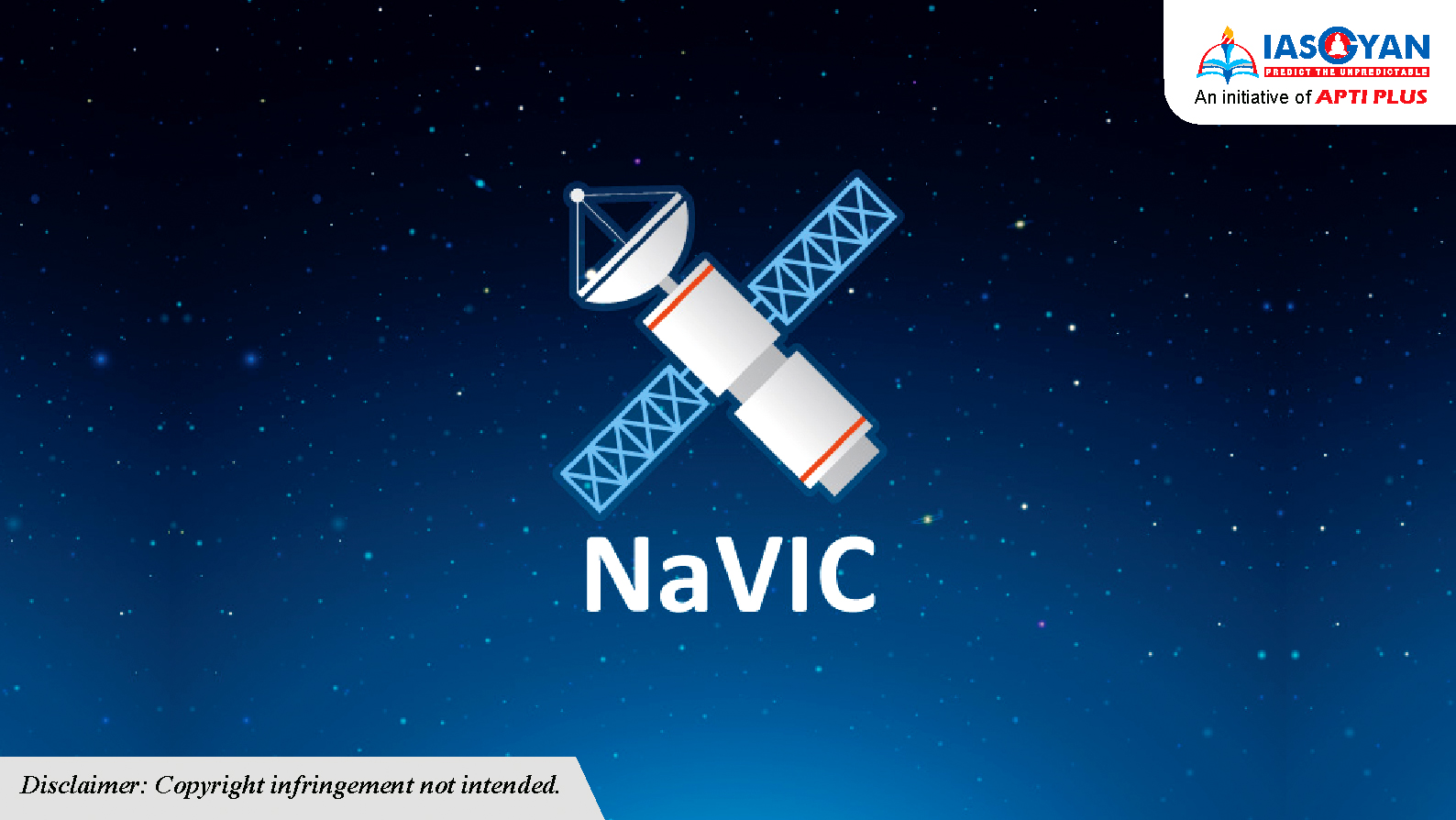




3.png)
Coverage
Satellites
Accuracy
Applications
Examples Redmi Note 9 series from Xiaomi, the Realme 6 series, the OnePlus Nord, etc.
3.png)
2.png)
L Band
Applications
Advantages of L Band Frequency over other frequency bands:
S band
Applications
© 2025 iasgyan. All right reserved